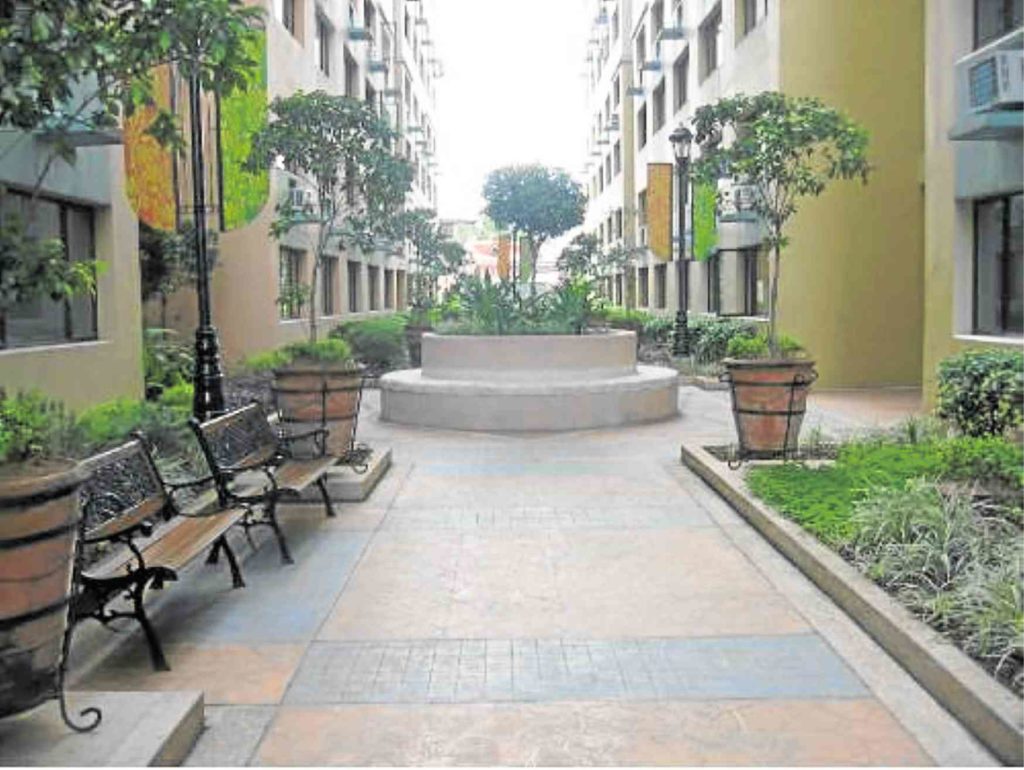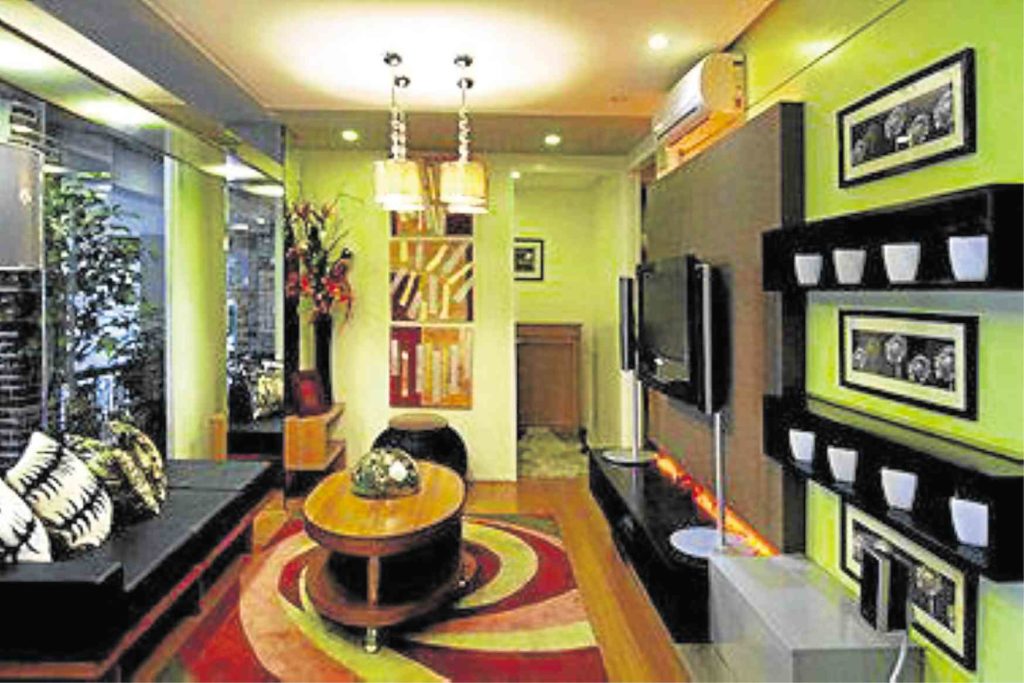
A sanctuary in the middle of the urban jungle
Metro Manila has been classified as beyond the critical zone due to the horrendous traffic plaguing major roads every day.
There are already staggering economic losses, and productivity is hampered by spending too much time on the road.
The problem all boils down to congested roads being occupied by huge volume of vehicles, more than the prescribed maximum capacity.
Edsa, for example, only has a maximum capacity of 288,000 yet the vehicles which ply the route is more than double its prescribed capacity. Apart from lack of roads, the lack of the motorist discipline often leads to road accidents, resulting in damage to property and loss of life.
Just one accident along Edsa could paralyze the entire metro. There is now little difference between peak and non peak hours along Edsa. It has been said that the Edsa traffic was not an invention of the present time. Since the ’80s, motorists have experienced traffic in this major thoroughfare.
In addition, the rise of the purchasing power of Filipino consumers has led to better quality lifestyles. The typical middle-class Filipino family now owns two vehicles. The increase in population also led to more people moving from one place to another.

Empire East has made it its mission to provide quality homes that have convenient access to various transport hubs.
Traffic congestion can also be ascribed to Metro Manila being an “imperial” capital, where 36 percent of the country’s economic output is concentrated in a land area less than 1 percent of the total.
Droves of people from provinces flock to the capital to seek better opportunities. But there seems to be not enough roads to service them. On a typical day, about 70 percent of the road space is occupied by cars that carry only 13 percent of trips, while 28 percent are used by public transport that carry 70 percent of trips.
Thus, more Filipinos are resorting to moving to transit-oriented developments. The proximity to their workplace or schools provide an alternative to traffic-weary citizens.
The convenience which these developments offer becomes the most practical option for most commuters.
Trusted home developer Empire East Land Holdings Inc. answered the growing demand for developments near transport hubs such as light rail transit system (LRT) and Metro rail transit (MRT).
At the helm of Empire East is president and CEO Atty. Anthony Charlemagne Yu, who made it his personal mission to provide quality homes with convenient access to trains, which is the more viable option against the hours of traffic along Edsa.
All three of the company’s transit-oriented developments—Little Baguio Terraces, Pioneer Woodlands and Covent Garden, offer covenience as its selling point.
Little Baguio Terraces near San Juan’s Greenhills district has the advantage of being just minutes away via bus or jeep from Manila’s university belt, where Centro Escolar University, San Beda College, Far Eastern University, University of the East and the University of Sto. Tomas is located, while Covent Garden in Sta. Mesa is located right in the middle of V. Mapa and Pureza LRT 2 stations.
Pioneer Woodlands is Empire East’s first-ever transit-oriented community located in the midpoint of Edsa which provides access to business districts in Quezon City, Ortigas and Makati.

